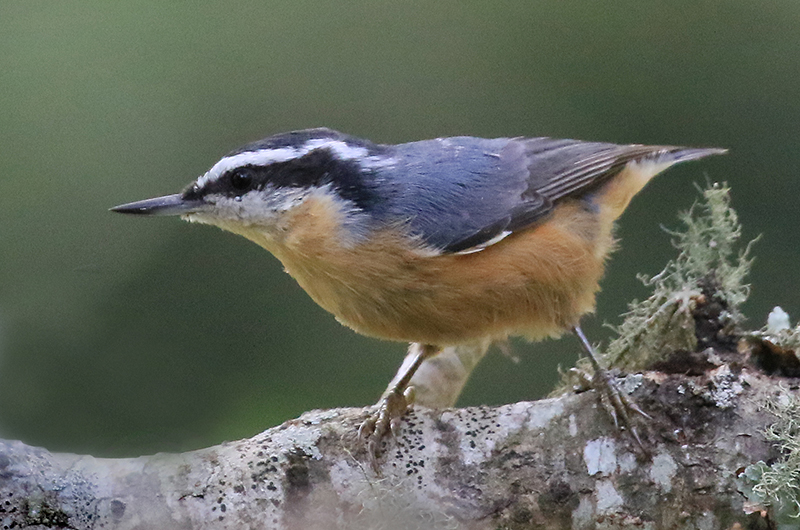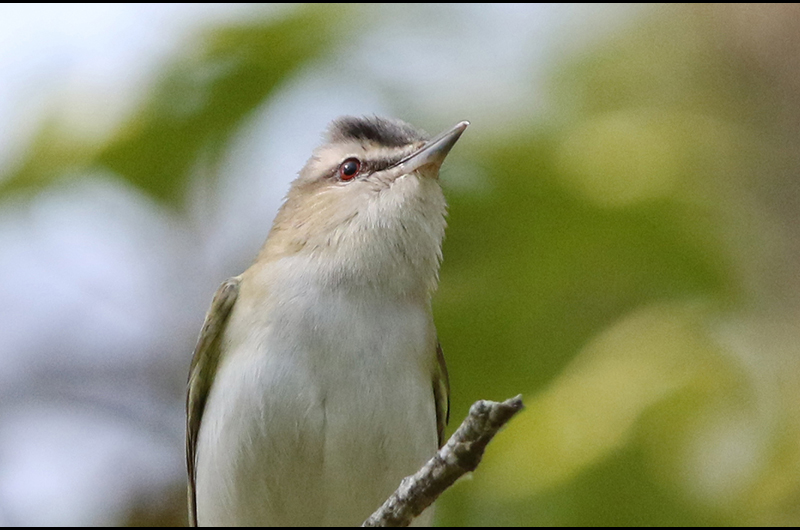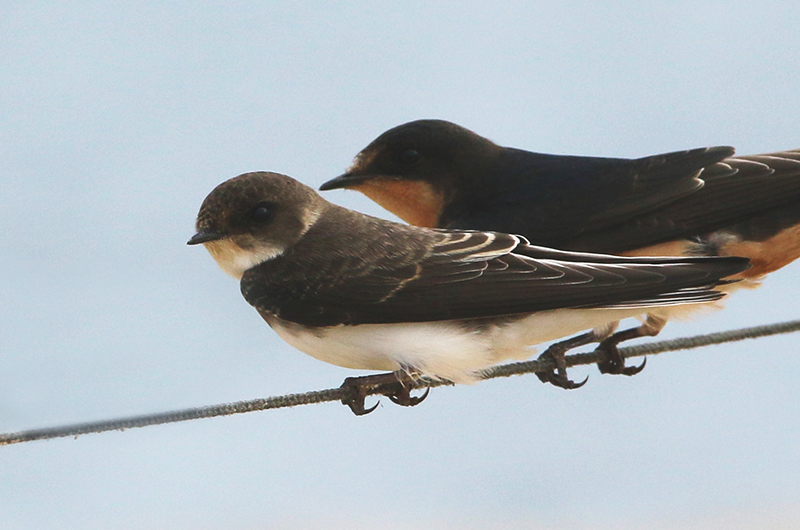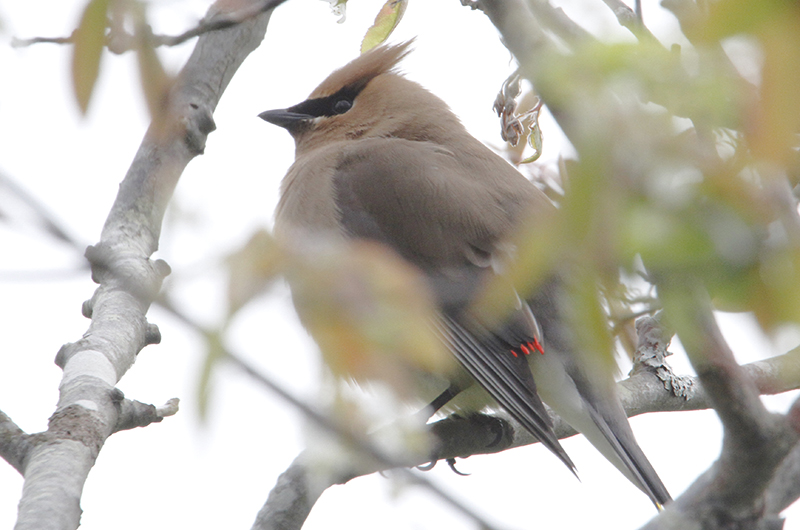The volume of bird song has decreased in the past few weeks. There may be a lot of birds still singing in the early morning but few are awake at that hour to hear it. By mid-morning, most of the singing has quieted down. Most birds just do not sing as much in the summer as they do in the spring and we have certainly had summer weather this past week or two.
The nesting season is also winding down. Many young birds have left their nests, although parents are still busy feeding them. Fewer birds are starting new nests now, except for common species like Carolina wrens, cardinals and robins, which will raise three or four broods per year. Birds sing to establish nesting territories and attract mates so it is no surprise that there is less song.
The first week of July starts an extended southward migration, which runs from July to January. First to arrive are the Arctic-nesting shorebirds like ruddy turnstones, short-billed dowitchers, and semipalmated plovers. They head south if their nest attempt fails for any reason–the season is not long enough for them to nest a second time. This happens even though the northern migration just ended a week or two ago.
Bird Sightings
Evidence for the continuing breeding season is reported by Sharon Simonin and Ira Certner, both of whom have observed fledgling downy woodpeckers being fed by their parents. The adult grabs a beak full of suet and turns to stuff the suet into the youngsters gaping beak without leaving the feeder. And Davies Millett has been watching three fledgling Baltimore orioles at a birdbath. Providing a source of shallow water attracts birds to your yard throughout the year.
Phil Edmundson birded the frisbee golf course in the State Forest on June 28, where his highlights were red-breasted nuthatch, great crested flycatcher, red-eyed vireo and ovenbird. That same day, David Padulo visited Sheriff’s Meadow Sanctuary to find killdeer, chimney swift, great egret and a yellow warbler carrying nesting material for another nesting attempt. And that same day at Waskosim’s Rock Reservation, Seth Buddy found hairy woodpecker, eastern wood-pewee, eastern phoebe, eastern kingbird, house wren, wood thrush and field sparrow. On June 26, Tor Petrov observed numerous bank swallows around the cliffs at Lucy Vincent. And Susan McCoy reports hearing and seeing a scarlet tanager at Blackwater Preserve on June 27.
Fish crows continue to be seen. Bob Shriber saw two of them along Beach Road on the Oak Bluffs side of the drawbridge from June 26 to 28, while Allan Keith spotted two of them near the State Beach end of Farm Neck on June 27. I remain ever hopeful that we will find evidence of their nesting this year.
Non-breeding birds are also in the news this week. Most impressive is the horned grebe spotted by Jeff Peters on June 26, a “very surprising over-summering individual in breeding plumage 25 yards off the beach between Black Point and Chilmark Pond,” he said. “Golden ear tufts, red and black plumage–very weird to see in the summer.”
Also impressive is Jake Kramer’s sighting of a great shearwater on June 26 from the Gay Head cliffs. This species experiences year-round summer, as it nests in the southern hemisphere during their summer and avoids winter by migrating to the North Atlantic for our summer.
Multiple sandhill cranes have been on the Island since May 9. The most recent crane has been stationed around Katama for the past few weeks. Most recently, it was seen on June 28 by Sandra Talanian when it visited her porch. Ben Hughes saw it on June 24 and both Emma Bean and Melissa Vasiliados saw it on June 23. Despite repeated searches, I have yet to find this individual!
Lingering waterfowl include a lone brant, found on Sarson’s Island on June 27, a surf scoter spotted by Tom Miles in Vineyard Sound near Makonikey on June 28, and both common eider and white-winged scoter observed in Eel Pond by Luanne Johnson and myself on June 27 and 28. And Nico Corbo has been watching four common loons in Menemsha Bight since June 20.
On the tidal flats, Susan Whiting and Bob Shriber both saw a dozen black-bellied plovers on Tisbury Great Pond on June 27 along with one roseate tern. Warren Woessner reports a flock of common, roseate. and least terns on Norton Point on June 27. I saw the flock the day before and estimated it included about 200 birds. That flock will get larger as the season progresses.
Robert Culbert is an ecological consultant with Nature Watch LLC living in Vineyard Haven.











Comments
Comment policy »